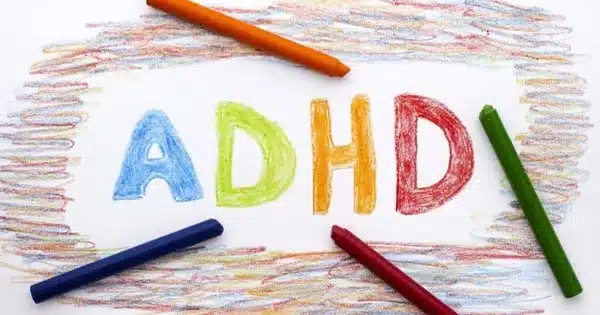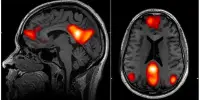Researchers discovered substantial abnormalities in nine brain white matter tracts in individuals with ADHD after using artificial intelligence (AI) to evaluate specialized brain MRI scans of adolescents with and without attention-deficit/hyperactivity disorder (ADHD). The study’s findings will be presented today at the Radiological Society of North America’s (RSNA) annual meeting.
According to the Centers for Disease Control and Prevention, ADHD is a prevalent illness that is commonly diagnosed in infancy and continues into adulthood. An estimated 5.7 million children and adolescents between the ages of 6 and 17 in the United States have ADHD.
“ADHD often manifests at an early age and can have a massive impact on someone’s quality of life and ability to function in society,” said study co-author Justin Huynh, M.S., a research specialist in the Department of Neuroradiology at the University of California, San Francisco, and medical student at the Carle Illinois College of Medicine at Urbana-Champaign.
ADHD often manifests at an early age and can have a massive impact on someone’s quality of life and ability to function in society. It is also becoming increasingly prevalent in society among today’s youth, with the influx of smartphones and other distracting devices readily accessible.
Justin Huynh
“It is also becoming increasingly prevalent in society among today’s youth, with the influx of smartphones and other distracting devices readily accessible.”
Children with ADHD may have trouble paying attention, controlling impulsive behaviors or regulating activity. Early diagnosis and intervention are key to managing the condition.
“ADHD is extremely difficult to diagnose and relies on subjective self-reported surveys,” Huynh went on to say. “There is definitely an unmet need for more objective diagnostic metrics.” That is the void we are attempting to fill.”
According to Huynh, this is the first study to use deep learning, a type of artificial intelligence, to identify ADHD markers in the multi-institutional Adolescent Brain Cognitive Development (ABCD) Study, which includes brain imaging, clinical surveys, and other data on over 11,000 adolescents from 21 research sites across the United States. The brain imaging data included diffusion-weighted imaging (DWI), a type of MRI.

“Prior research studies using AI to detect ADHD have not been successful due to a small sample size and the complexity of the disorder,” Huynh said. The research team selected a group of 1,704 individuals from the ABCD dataset, including adolescents with and without ADHD.
The researchers used DWI scans to derive fractional anisotropy (FA) measurements from 30 main white matter networks in the brain. FA is a measure of how water molecules flow along white matter tract fibers. The FA values of 1,371 people were used to build a deep-learning AI model, which was then tested on 333 patients, 193 of whom had ADHD and 140 who did not.
The Brief Problem track evaluation, a rating tool intended to track a child’s functioning and responses to therapies, was used to determine ADHD diagnosis. The researchers used AI to uncover that FA values in nine white matter tracts were considerably increased in ADHD individuals.
“These differences in MRI signatures in individuals with ADHD have never been seen before at this level of detail,” said Huynh. “In general, the abnormalities seen in the nine white matter tracts coincide with the symptoms of ADHD.”
The researchers want to collect data from the remaining individuals in the ABCD dataset and compare the performance of further AI models. “Many people feel that they have ADHD, but it is undiagnosed due to the subjective nature of the available diagnostic tests,” said Huynh. “This method provides a promising step towards finding imaging biomarkers that can be used to diagnose ADHD in a quantitative, objective diagnostic framework,” Huynh wrote in an email.
















